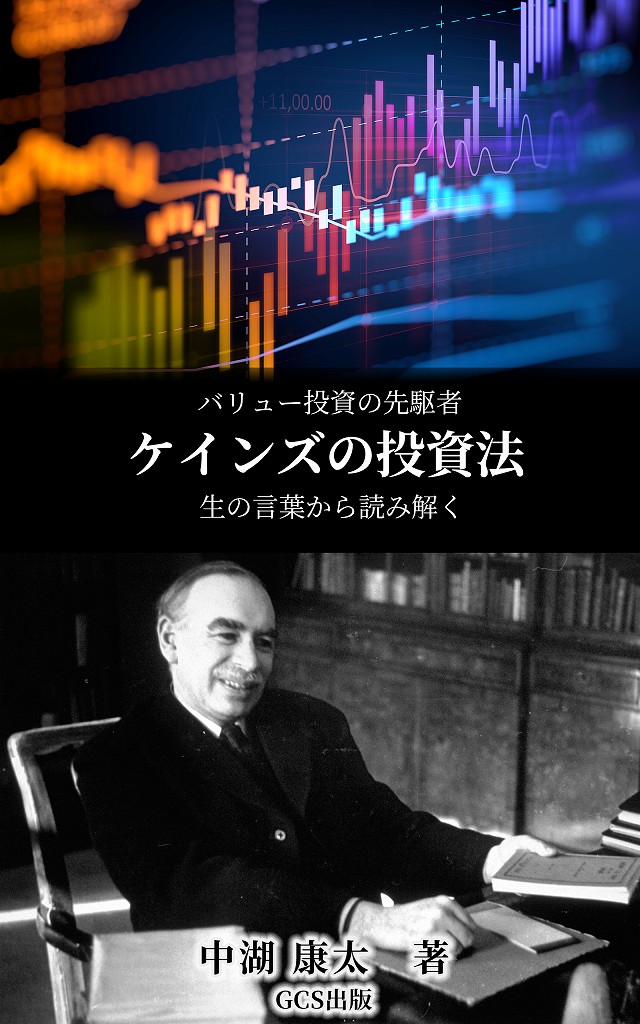英語で味わう狂歌 大田南畝-86
Enjoying Kyoka in English: Nanpo Ota-86
ふたつもじ* 牛の御前** むかふ嶋 太郎が鯉***は いけの中田屋
四方赤良(大田南畝)
Near Ushigome Shirine in Mukojima, Taro carp hoisting,
Stands Nakataya, the restaurant, with fish tank living.
Yomono Akara (Nanpo Ohta)
* ふたつ文字; 牛に懸けた枕詞(徒然草より) Futatsumoji; Two Letters, used as a pillow epithet for Ushi, a cow
** 牛込神社; 隅田川近くに在る Ushigome Shirine, standing near Sumida River
*** 太郎鯉 Tarogoi; carp streamer for the boy’s festival in May
(コメント; Comment)
中田屋は隅田川の東岸にある牛島神社(俗称、牛の御前)の近くにあった川魚で有名な料理屋。
(言葉遊び、もじりの狂歌を訳すのは難しい; KN)
Nakataya was a famous river fish restaurant near Ushigome Shrine, Sumida River side.
(It’s difficult to translate a kyoka making a pun on a word.; KN)
(注) 狂歌(きょうか)とは、風刺、皮肉、しゃれ、滑稽を盛り込んだ5-7-5-7-7形式の短歌。江戸時代後期(18世紀後半)に隆盛し、天明狂歌として黄金期を迎える。大田南畝(蜀山人 ショクサンジン; 1749-1823)は、その代表的文人、狂歌師。
Note: Kyoka is satirical, ironical or comical short Japanese poem, derived from Tanka, composed of 31 syllables, with a pattern of 5-7-5-7-7 sounds. It flourished and marked a golden age in the late Edo period in the late 18th century as Tenmei Kyoka. Ota Nampo, Shokusanjin (1749-1823), is one of the leading Kyoka poets.
by Kota Nakako
2024/02/23















